Off-Road Staple: Selecting and Mounting a Hi-Lift Jack On Your Rig
Off-Road Staple: Selecting and Mounting a Hi-Lift Jack On Your Rig
- Off-Road Staple: Selecting and Mounting a Hi-Lift Jack On Your Rig
- Off-Road Staple: Using a Hi-Lift Jack and the Associated Hazards
- Off-Road Staple: Unconventional Methods of Using a Hi-Lift Jack
If there’s one piece of kit I’d say you absolutely shouldn’t be off-roading without, it’s a shovel. Hands down, a good shovel will get you out of almost anything. Tantamount to the shovel though, is the farm jack (synonymous with “Hi-Lift” or “High-Lift”). With this piece of kit, you’ve got a means to reset your truck in a mud hole, change a tire, replace vital underbody components, extricate someone from a rolled or crushed vehicle, winch a vehicle…etc. The list goes on even outside of the off-road scene. So whether you’re pulling stumps on the farm or fixing a mistake in the rough country, the farm jack will go a very long way in seeing your job to completion.
First and foremost, we need to discuss the inherent dangers associated with using a farm jack. By design, the steel ladder (the bar with all those holes in it) is mounted to the base in a rather unstable fashion. This makes working the jack into awkward situations much easier. However, new users of the farm jack will commonly place their hands in the danger zone.
Like all recovery attempts, the farm jack should be used only with clear communication between all parties. Generally in our groups, we appoint the most experienced person to discuss the recovery with the vehicle owner and then give the group instructions. An organization with split leadership is destined to fail, so follow a chain of command and be clear about communication. One person needs to guide the recovery.
Choosing the Right Farm Jack
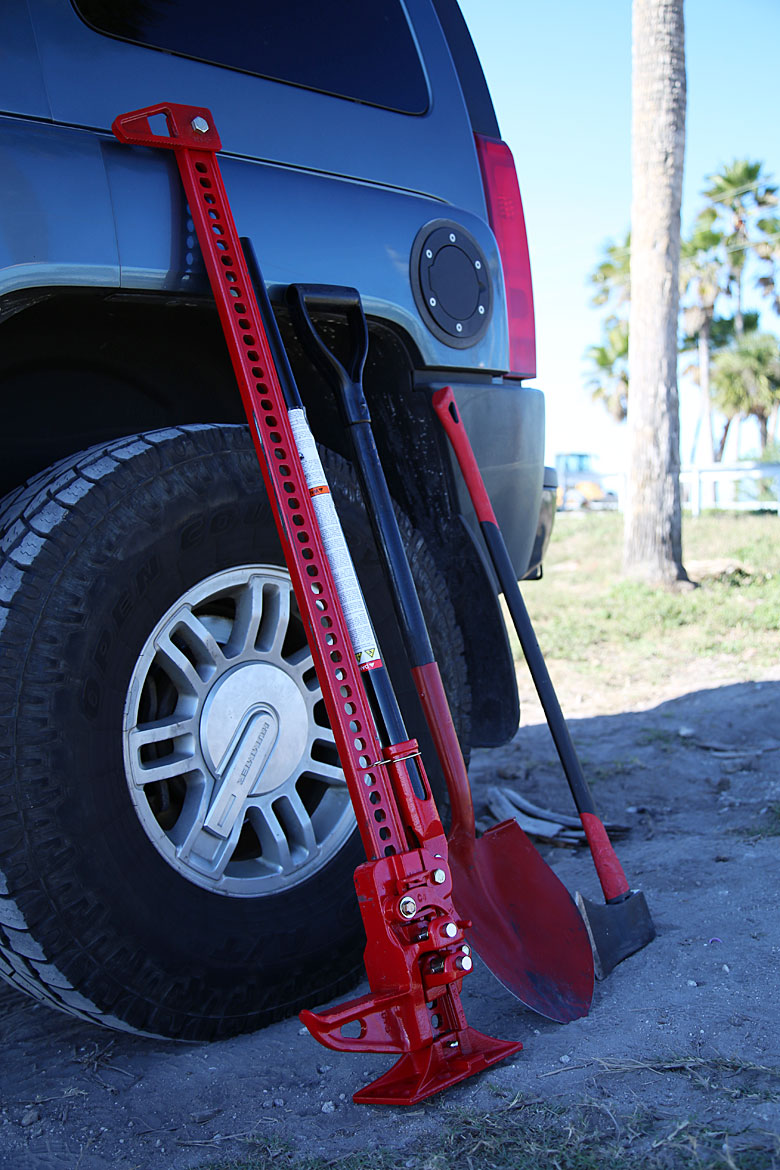
Buying things cheap is something my dad inherited from my grandpa, but fortunately I didn’t get it from either of them! Many people think the $50 jack at Tractor Supply is just as good as a Hi-Lift, Bulldog, Larin or Smittybilt, but they’re not. I know this next bit will be “fightin’ words,” but having owned several of these things, Hi-Lift gets my money. So let’s make a case based entirely on facts and also address some things you should look for when selecting a jack.
Handles are an important piece to consider when choosing your jack. The cheaper jacks typically have a fixed handle and are usually made of thinner metal. This isn’t necessarily a problem until it begins to rust. Once the rust (commonly called “cancer” when it’s under the paint) makes its way through the base of the handle, it breaks. However, usually it doesn’t break while the jack is laying around. Murphy will break it while you’ve got a considerable load on the jack. This leaves you with quite a dangerous situation, as you have no way of safely removing whatever is on the jack.
The Hi-Lift and Smittybilt brands both feature a two-piece handle. Based on my limited exposure, the Smittybilt seems a bit more prone to rust than the Hi-Lift, but they’re both worlds apart from the cheaper “knock-offs.” In the event of a handle breakage, another bar could be substituted or the broken piece could be removed and the remainder of the handle used for safe lowering of the jack. This also makes it easier to clean and inspect the jack between uses or outings.
Another important feature is the clevis, the interesting triangular piece fixed to the top of the jack. Normally, cheaper jacks will have a simple tab of thick steel with a notch or loop used for pulling/winching. These will also function pretty well for awhile, but the thinner metal seems to give way to shear force, which causes a bend. It doesn’t render them unusable, but it does cause problems mounting the jack and it can also make some situations less safe. Off-road purposed jacks like Hi-Lift feature a thicker locking mechanism and teeth on the clevis so that the jack can be used for clamping. Their X-Treme series jack is purpose built for off-road vehicles and features a clevis that’s geared more toward vehicle recovery than all-around farm use and sports a durable zinc coating for greater rust/corrosion resistance.
Also consider the runners and how tightly they fit into their respective assemblies. Not everyone has the option to go and get hands-on with products, so read the reviews online if that’s where you decide to buy. For many, Hi-Lift is the favored option. They’re the original inventors of the jack (now 112 years old) and they’re still made in the same factory in Indiana today. In the end, it’s your dollar and your choice in equipment. You’ve got to consider your needs and budget as they apply to a 4×4 vehicle. Personally, I can justify spending the extra money on something I can put a lot of faith into when my family’s or my life is on the line.
Jack Mounting and Storage
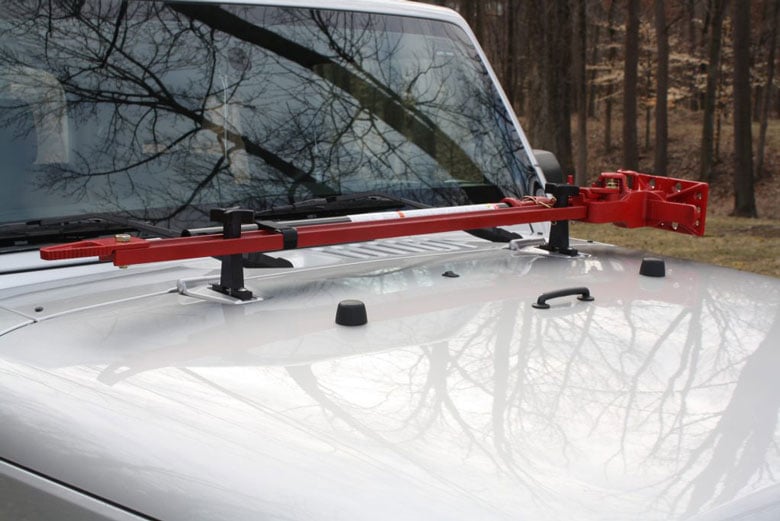
Mounting your farm jack can be tricky. Sorry, but I stand with the haters that say the hood is never a safe place for it. I think the name brand mounts for the newer Jeeps are probably acceptable to a certain extent, but I still can’t stand behind them on principle. There are too many “what-if” scenarios for me to personally feel comfortable with it and that’s my justification.
There’s also the fact that General Motors used something similar to tin foil when they made my truck and I don’t trust any size bolt and washer combo to keep a 30 pound missile safely mounted to the hood of the H3. (GM, no offense, love the truck.) Roof racks, tire carriers and rear bumpers are all wonderful storage locations for a jack. They’re neat, tidy and they don’t stack a muddy Hi-Lift jack into my line of sight. I like having my recovery gear in places that are easy to reach in a short period of time. The hood seems like it takes a bit longer and runs the risk of denting or scratching the paint more than just pin-striping.
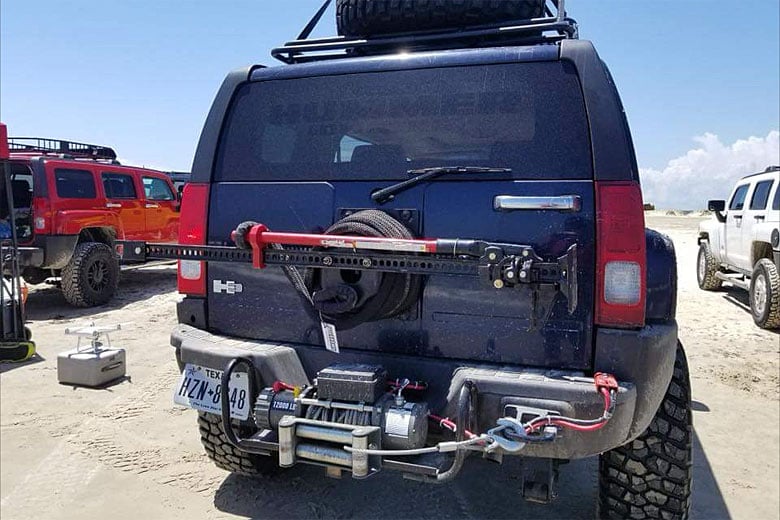
While we’re on the subject of where to mount this big piece of cast iron, please do yourself and your family a favor and strap that sucker down. Having anything loose in the car is a terrible idea, but a loose Hi-Lift is asking for a nasty concussion at a minimum. You don’t even have to be involved in an accident to seriously hurt yourself.
Imagine a steep incline or decline and the jack bouncing its way to the respective end of the SUV, plowing through the relatively thin glass of a front or rear windshield. Ratchet straps are cheap, but concussions and brain damage are not. The long and short of it is mount it somewhere and make sure it’s sturdy. Don’t cut corners on something like this.
Editor-in-Chief’s Note: Derek Gill has been a Plank Owner here at ITS from the beginning and has an extensive background in healthcare, pharmaceutical research and technical diving. He’s been certified in SCUBA since 2000 and diving technical/CCR since 2010. He speaks several languages including Russian and Spanish as well as several computer languages. These combined skills have opened the door to more creative ventures in Network Security and Physical Security consulting. Derek is a veteran of the US Navy and a former Navy Corpsman who worked alongside the US Marine Corps. His military nickname, “Witch Doctor,” has stuck with him ever since and it can now be found across many internet forums where he takes pride in trolling sensational zealots from multiple industries.






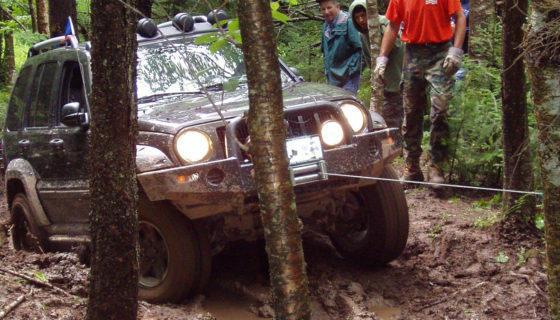
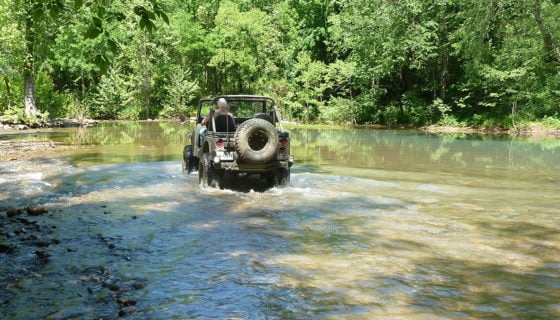
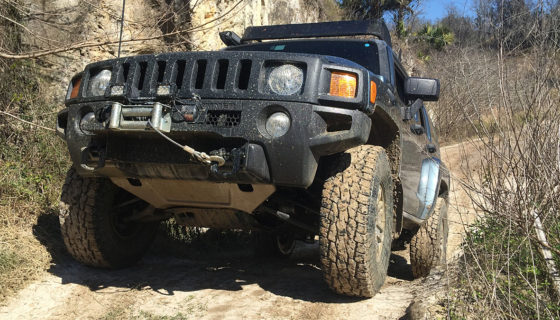
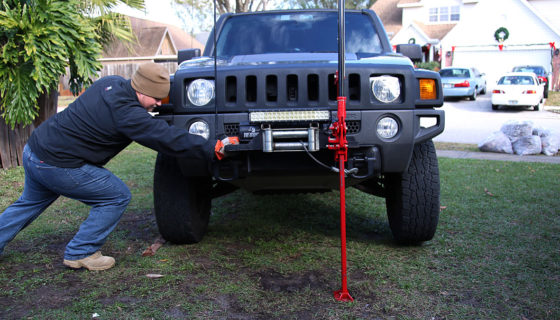

Discussion